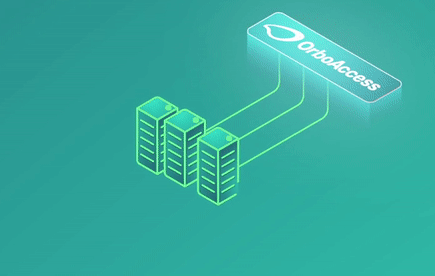Zelis Reports $426M Potential Savings with Claims Payment Optimization
As revenue cycle continues its rebound from the pandemic, the industry resumes its search for ways to increase efficiency while also realizing cost savings opportunities. If you are involved in revenue cycle in any capacity, you're no stranger to the fact that moving towards electronic payments provides one of the largest cost savings possible. In fact, according to the Council for Affordable Quality Healthcare (CAQH), the healthcare industry is still leaving $426 million on the table.

Healthcare providers could reap the most savings from moving to electronic claim payment, the CAQH report indicates. They could save nearly $2.00 per manual payment by moving to an electronic solution versus savings of just $0.49 for payers. With claim volume growing significantly, that $2.00 translates to millions in potential cost savings for providers.
Overcoming the Challenges of Payment Optimization
The article covers a few examples of the challenges providers are facing when it comes to payment optimization.
Ingestion of Electronic Remittance Advice (ERA)
A lack of system in place to support the ingestion of electronic remittance advice (ERA) is the biggest barrier to realizing the cost savings from electronic claims payments, according to Alasdair Catton-Chastain, Senior Manager, Provider Experience at Zelis.
“The remittance comes back to the cash posting team, which is typically a different business unit to the claims submission team. This is typical for a lot of offices once the provider gets over a certain size, but there is no communication internally between patient access and point of care through claim submission,” says Catton-Chastain. “All of that is quite siloed in most provider organizations.”

Siloed Claims Management Process
Paper or other types of manual ERAs exacerbate the challenges created by a siloed claims management process, with claims payment being a major pain point in that process.
Healthcare providers may receive claims payment via EFT from most of their payer partners. However, they need ERAs to explain the payment, whether it was made electronically or by paper check. ERAs are key to ensuring providers get paid properly and completely and billing patients the correct amount once insurance has paid their portion for rendered services.

Human Error
Paper payments represent one of the major issues for payment optimization, as this is where the majority of errors are made.
These errors are not exclusively a problem for providers who internally process paper payments. This extends to providers who contract with BPOs who typically leverage off-shore labor to manually enter payments. As we have previously noted, the crux of payment optimization -- and, in turn, healthcare data interoperability -- is quality data. However, only 20% of Healthcare Organization Executives Fully Trust Their Data.

“A common thing we see at provider billing offices is a check may come in and they’ll bring up a patient account to apply the balance,” Catton-Chastain explains. “Then, for whatever reason, that check never makes it to the bank. It gets misplaced or when they are typing in the amount that’s been paid, they mistype.”
“Those types of mistakes don’t typically come out until audit time or the end of the year,” Catton-Chastain continues. “That makes it very difficult when there’s a deficit in account receivable versus what the system is saying should be there.”
Providers oftentimes write off these errors, depending on the size of the payment. Consequently, this can create headaches for providers and their patients when the billing office sends off a patient bill.
Overcoming the Challenges with Technology
Recently. we covered the announcement of payers transitioning to fully electronic EOBs. While a step in the right direction, not all payers are making this push, as CAQJ reports that 36% of payments remain partially or fully manual.
So how does the industry overcome this challenge? The best solution is to deploy a hybrid electronification strategy that leverages AI and machine learning technologies to electronify paper-based remits and EOBs/EOPs into EDI 835 files for autoposting. By leveraging these technologies, data is extracted from the scanned images of these paper-based payments, and converted into EDI 835 files that are ingested into healthcare systems, effectively creating a digital payments process for the provider.
